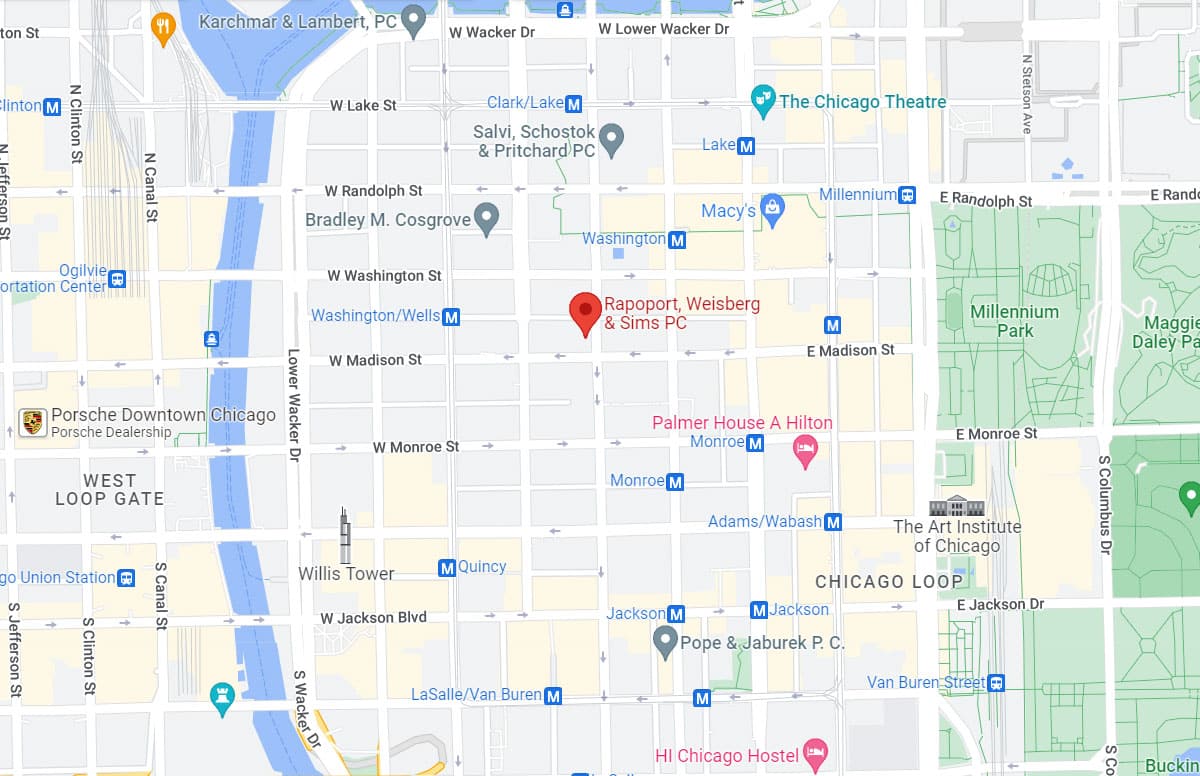We all rely on medical providers to carry out their duty to follow accepted standards of professional care to keep us healthy and safe. Unfortunately, when a doctor, nurse, pharmacist or other medical personnel breaches that duty in the prescribing or administration of a drug, a medication error may cause severe injury or death.
What is a medication error?
According to the U.S. Food and Drug Administration or FDA, a medication error is a preventable event that could either cause patient harm or inappropriate medication use.
The Agency for Healthcare Research and Quality or AHRQ, another federal agency, defines a medication error as an “error (of commission or omission) at any step along the pathway that begins when a clinician prescribes a medication and ends when the patient actually receives the medication.”
Examples of medicine errors include:
- Improper dosing
- Failure to consider interaction with other drugs
- Failure to consider known allergies
- Inadequate monitoring for side effects
- Administration of wrong medication
- Administration through the wrong route
- Failure to properly mitigate the harm from an error
Why do medication errors occur?
The FDA cites some reasons:
- Poor communication
- Confusing handwriting
- Medications with similar names
- Unclear labels and packaging
- Inadequate knowledge
- Confusion about dosing or usage
Elderly people and children are both groups at higher risk of harm from medication errors. Because older patients often take multiple drugs, prescribers must apply certain criteria to make safer prescribing decisions. Children’s dosages must be carefully calculated based on weight.
What about technology?
Ironically, while the goal is to use technology to improve medication delivery, a Dutch study of hospital and pharmacy data from March 2010 to February 2011 found that one out of six medication errors were actually related to technology. Specifically, in pharmacies, 40 percent of the errors concerned choosing the wrong medicine, usually because of confusing names or poorly designed computer screens. In both settings, common errors were related to the process of humans entering prescriptions into machines. The study recommends robust technological employee training and continued improvement of systems.
How are errors being reduced?
Hospitals and other health care facilities try to reduce medicine errors by the proper use of technology, a focus on particularly harmful errors, improvement of processes and “building a culture of safety,” reports the FDA.
The AHRQ website provides a table of strategies to reduce medication errors, some of which are:
- “Conservative prescribing principles” to lessen the use of unnecessary drugs
- Computerized order entry (for accuracy and to prevent unclear handwriting)
- Accounting for proper medications at patient care transitions such as hospital admission from home or hospital discharge to nursing home
- Clinical pharmacists to oversee the dispensation process
- Capitalization of drug name lettering (“tall man”) strategies to help distinguish between similar drug names
- Barcodes to match prescriptions to the correct patients
- Smart infusion pumps
- Minimal nurse interruption
- And more
If you or a loved one is injured from a medication error, talk to an attorney as soon as possible to understand your potential legal remedies for recovery of monetary damages, such as a personal injury or medical malpractice lawsuit. If your loved one met a tragic death after a medication error, speak with a lawyer about whether a wrongful death action is appropriate.
The Chicago and Washington, D.C.-based attorneys of Rapoport Sims Perry & VanOverloop, P.C., represent clients throughout the state of Illinois who have been harmed by medication errors or other kinds of medical negligence.
